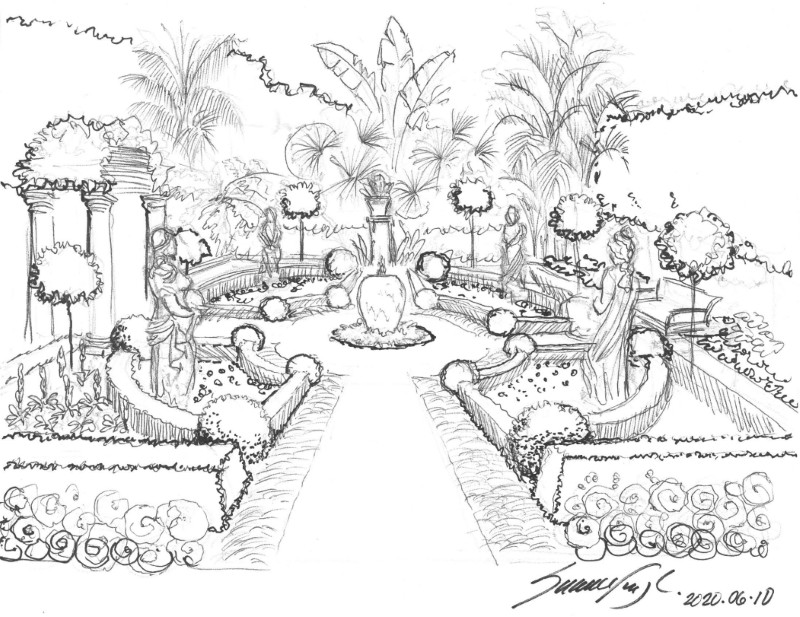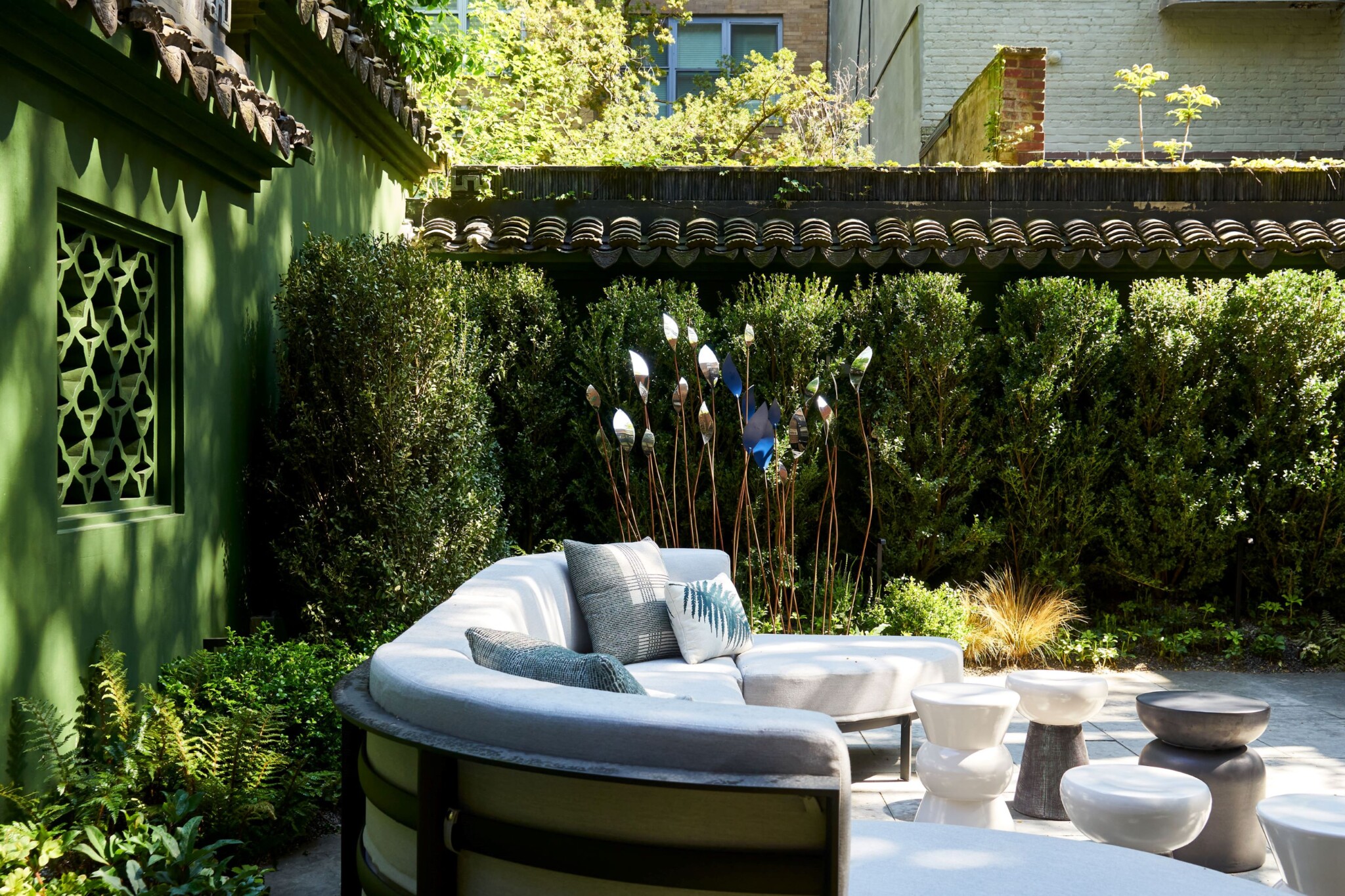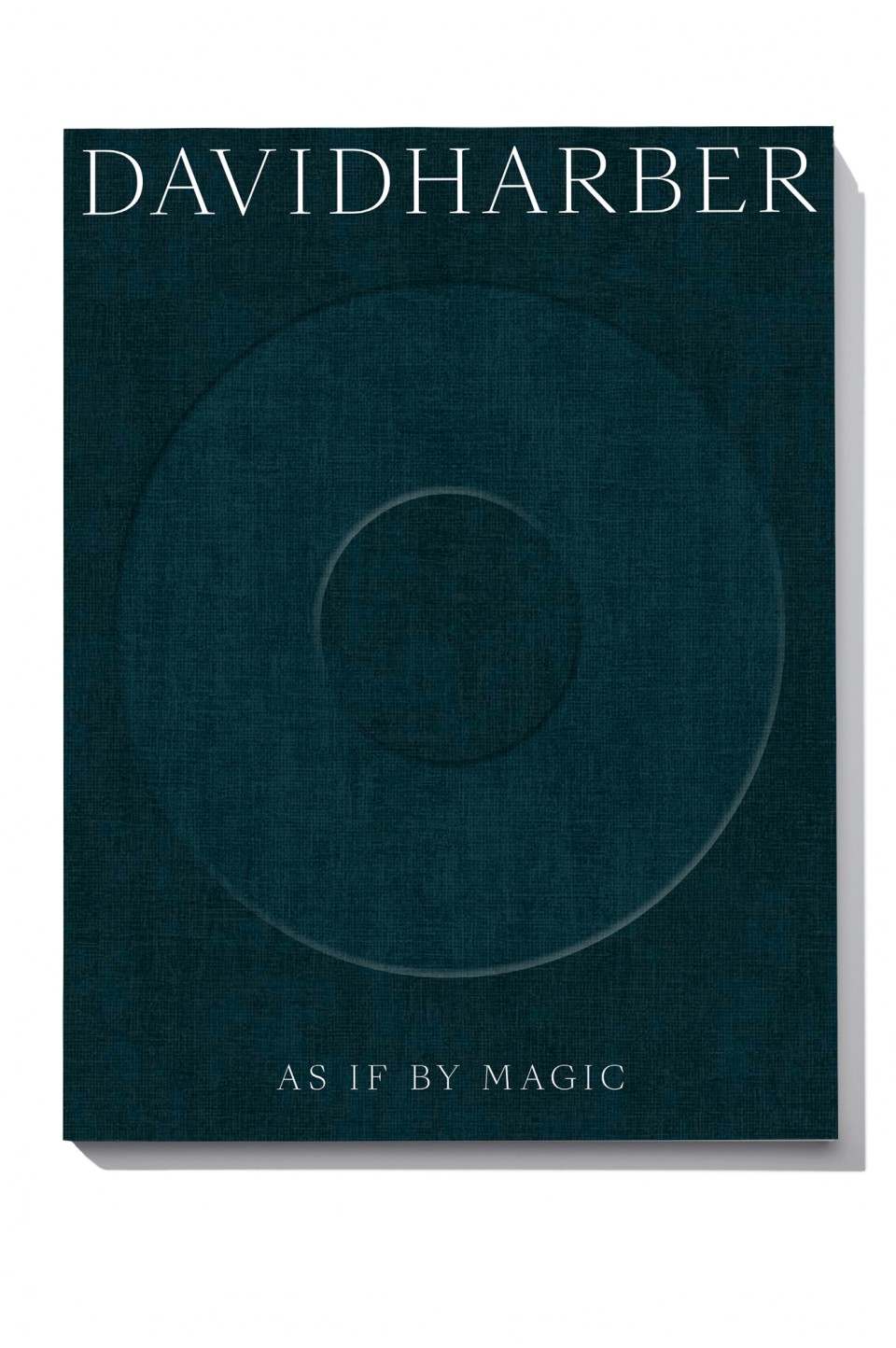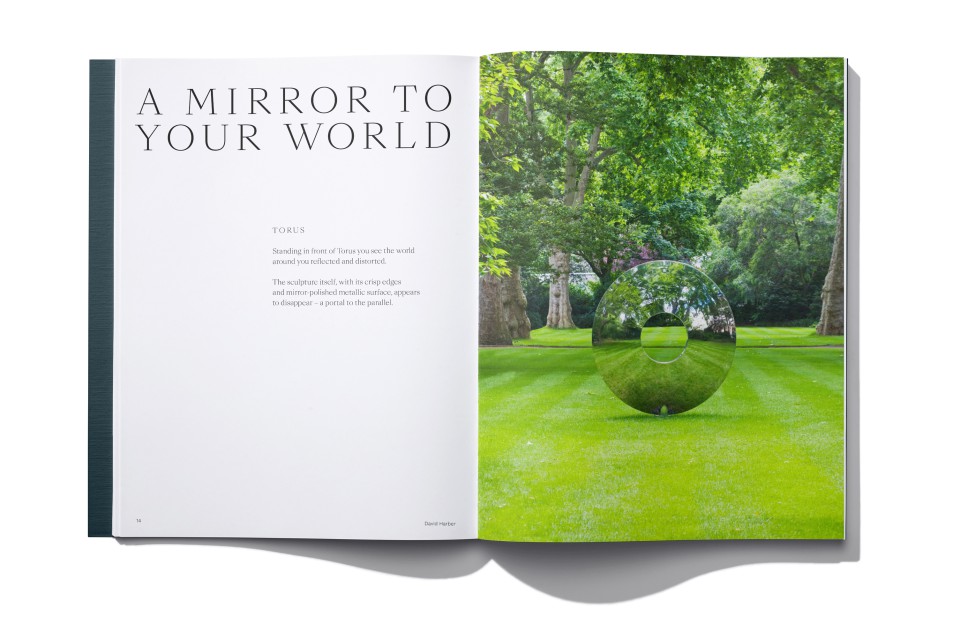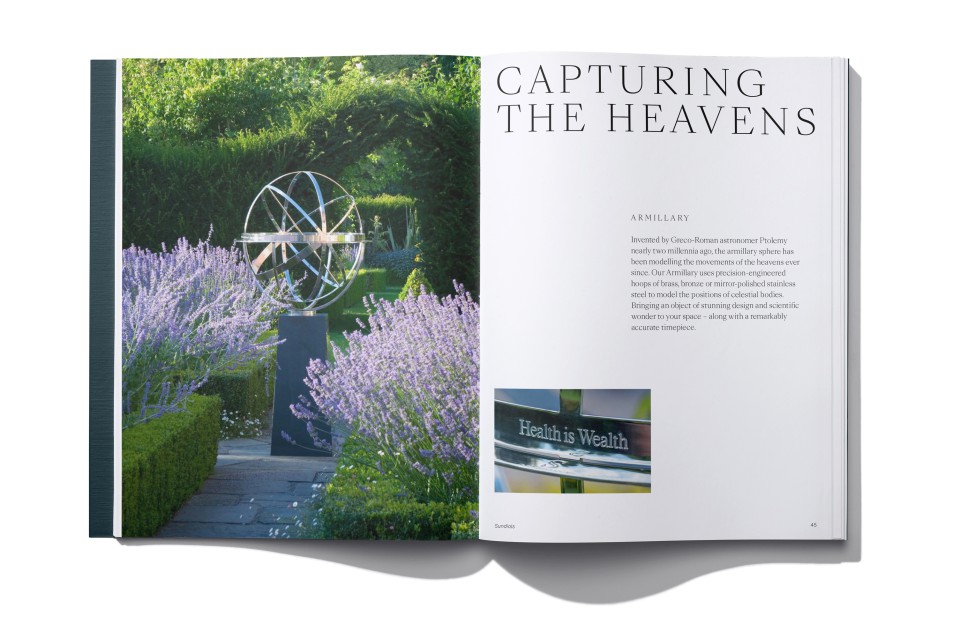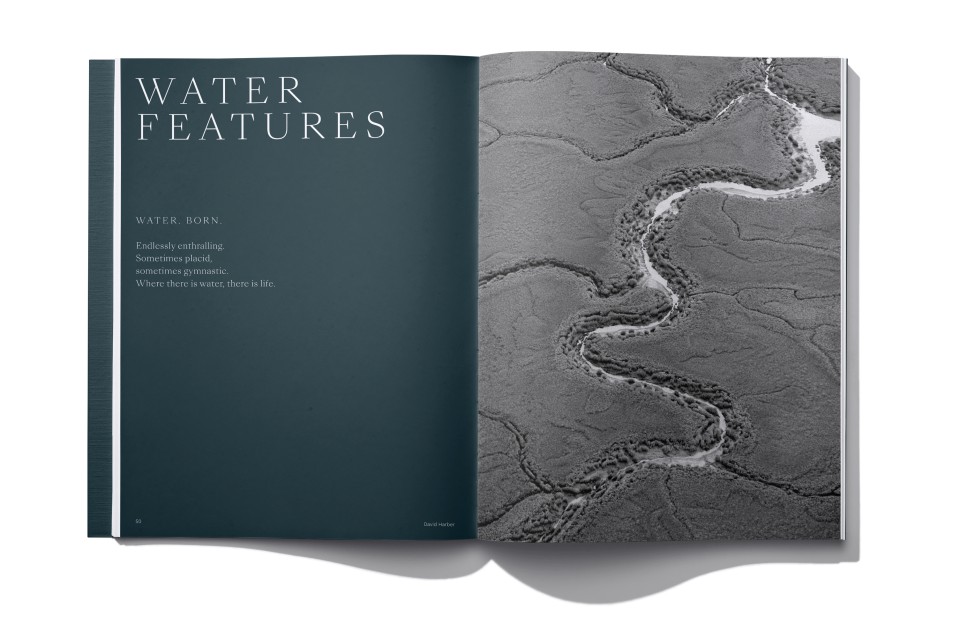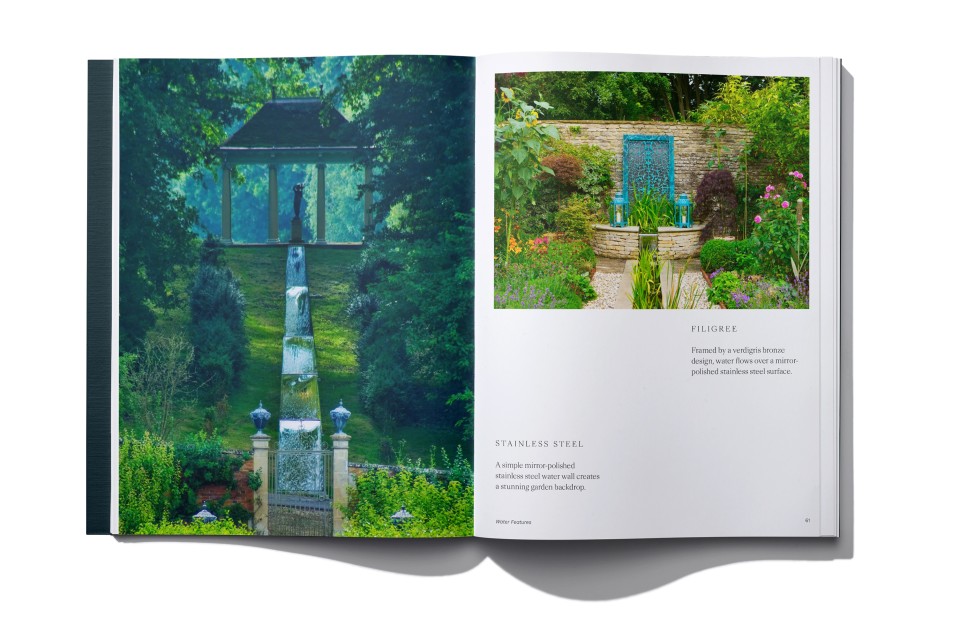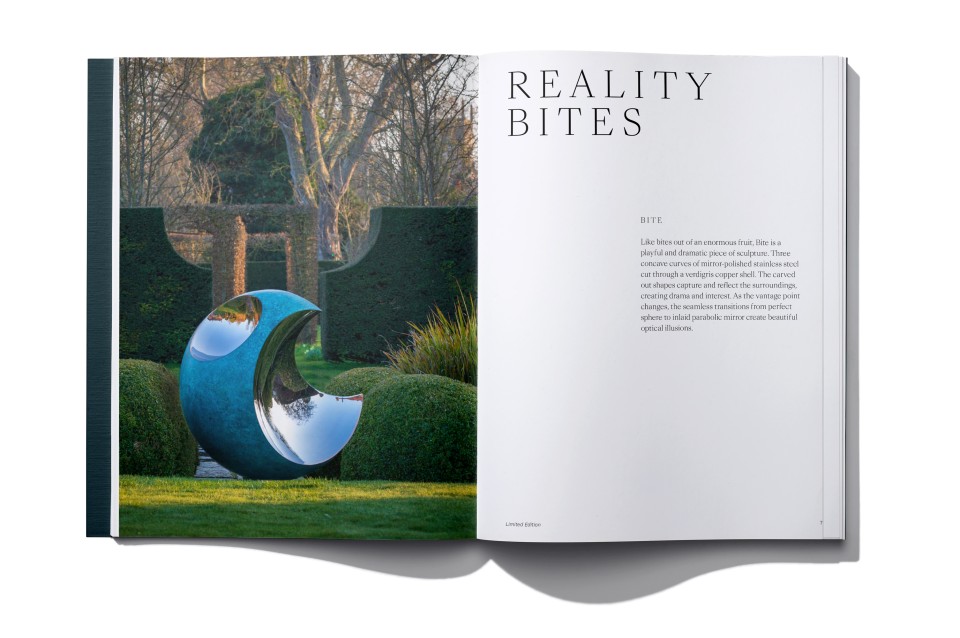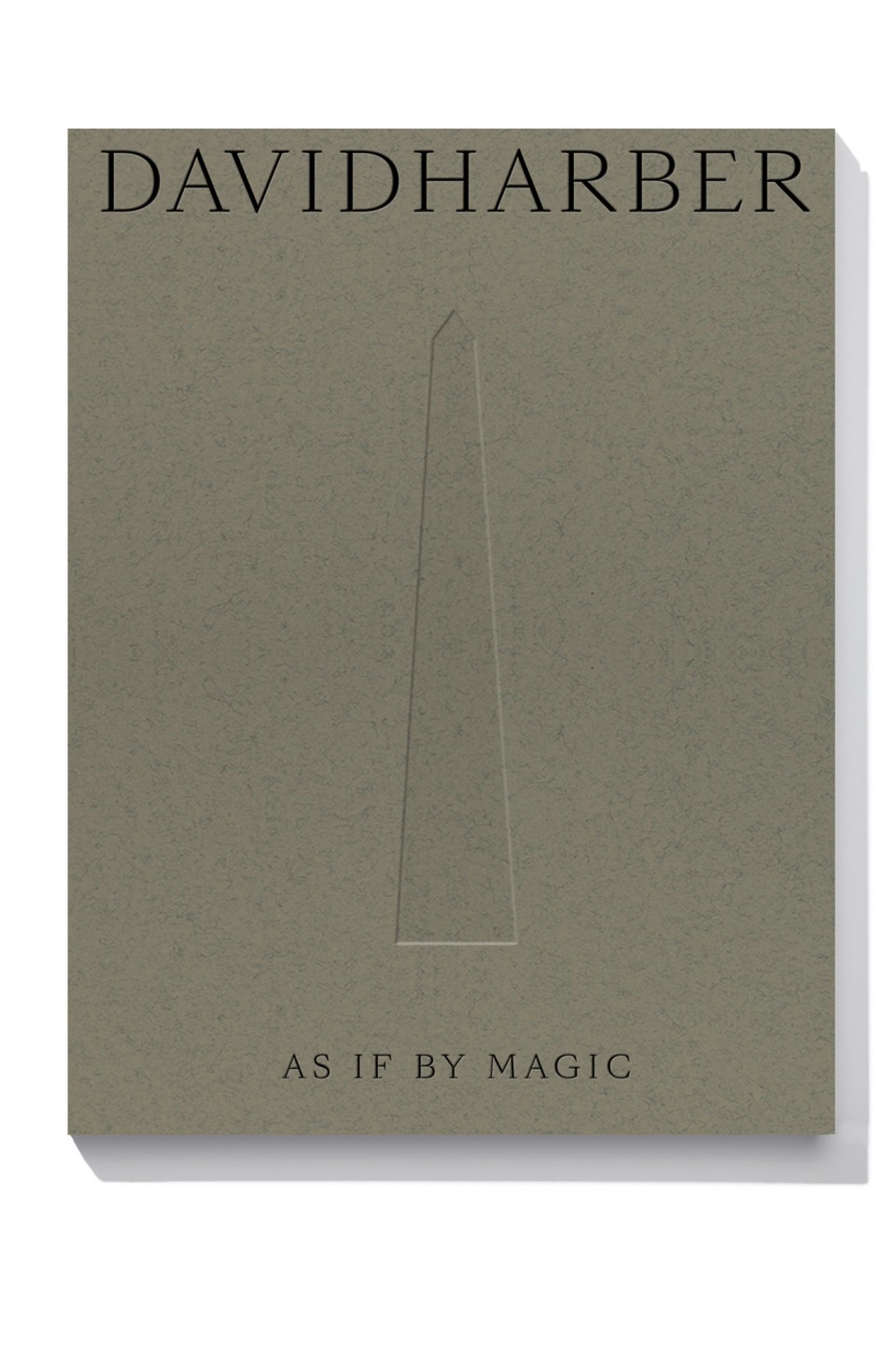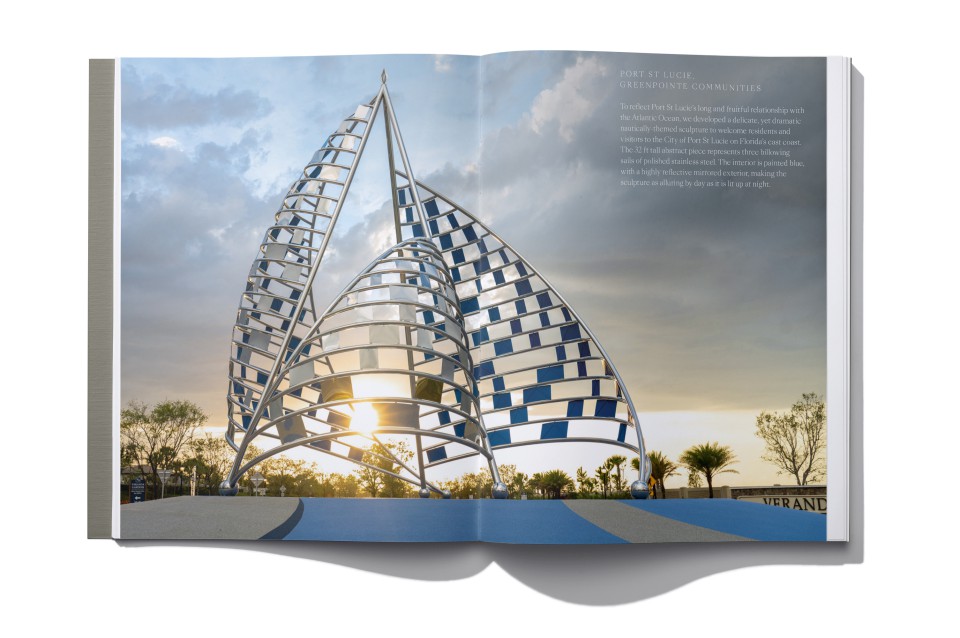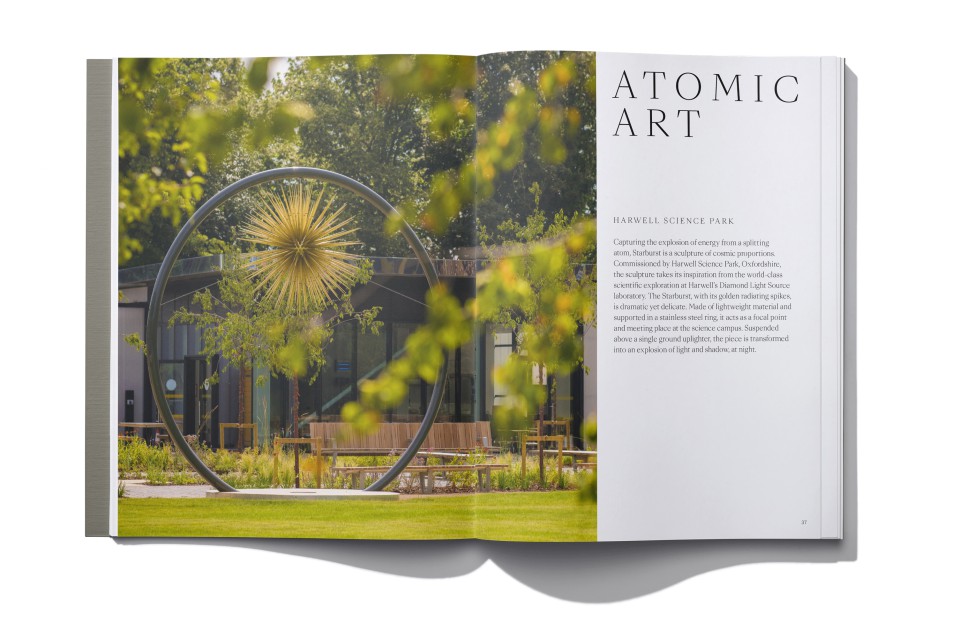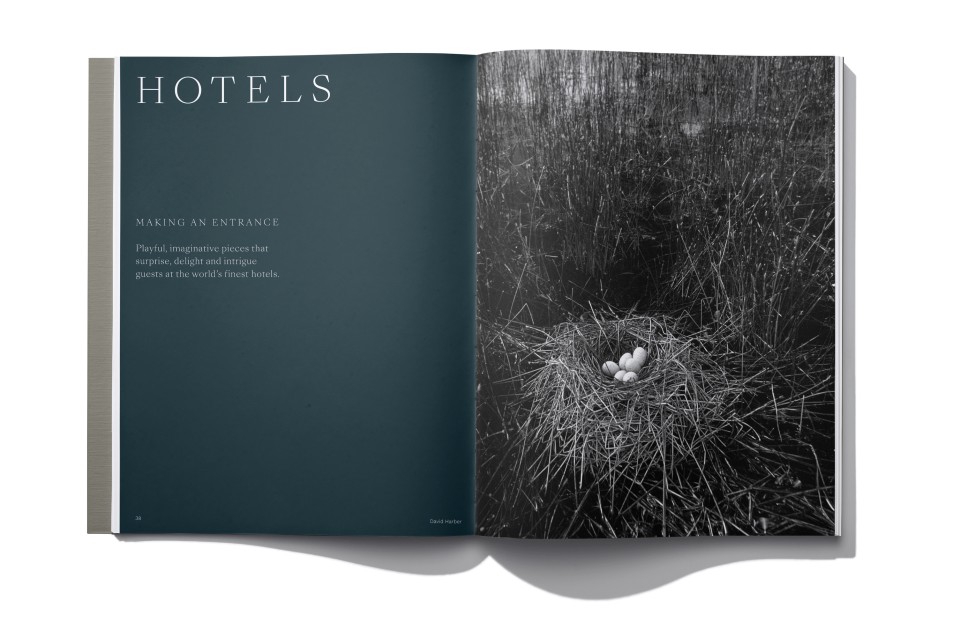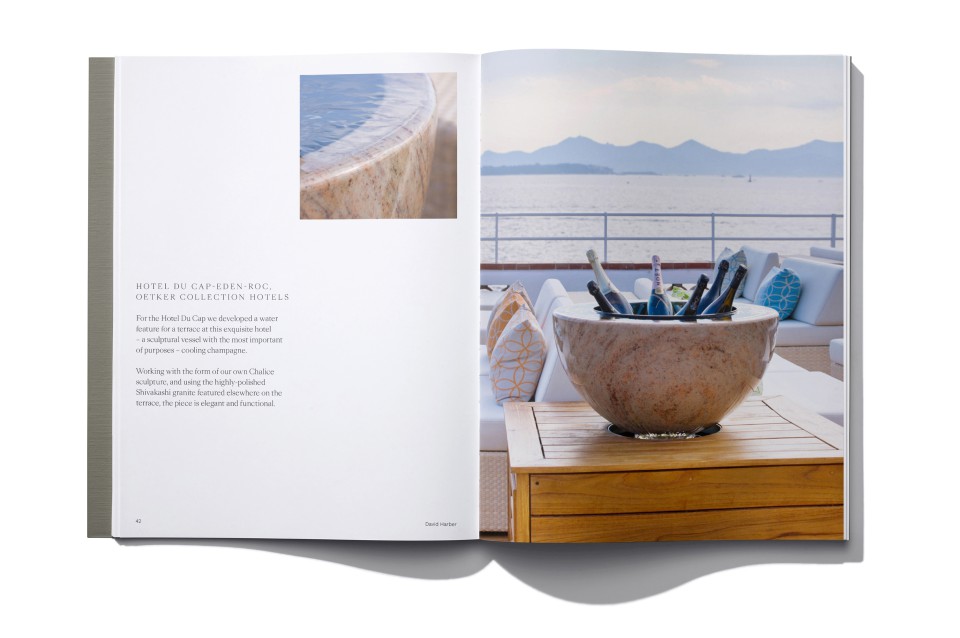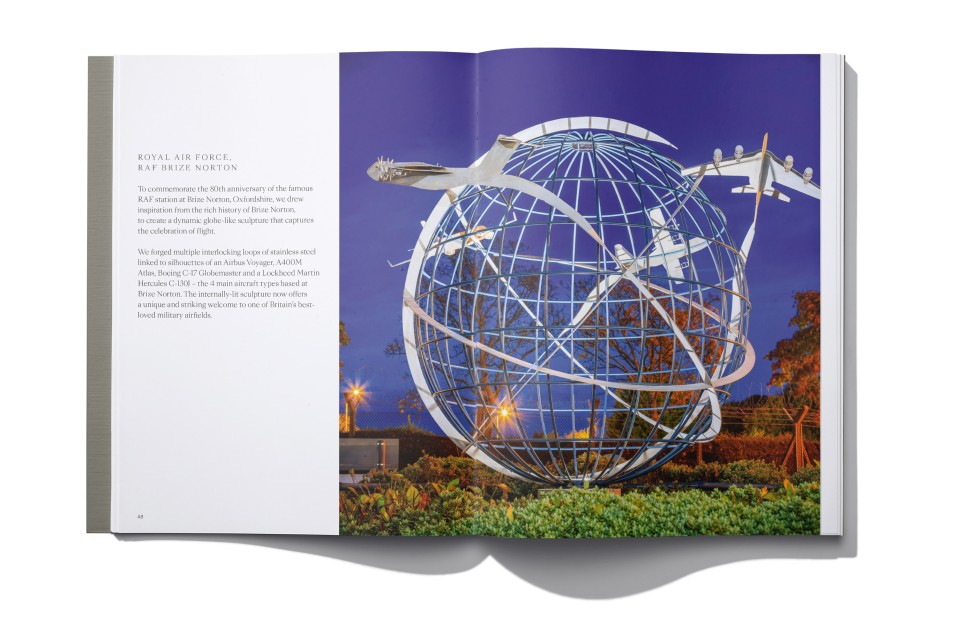Talking Garden Design with Xa Tollemache
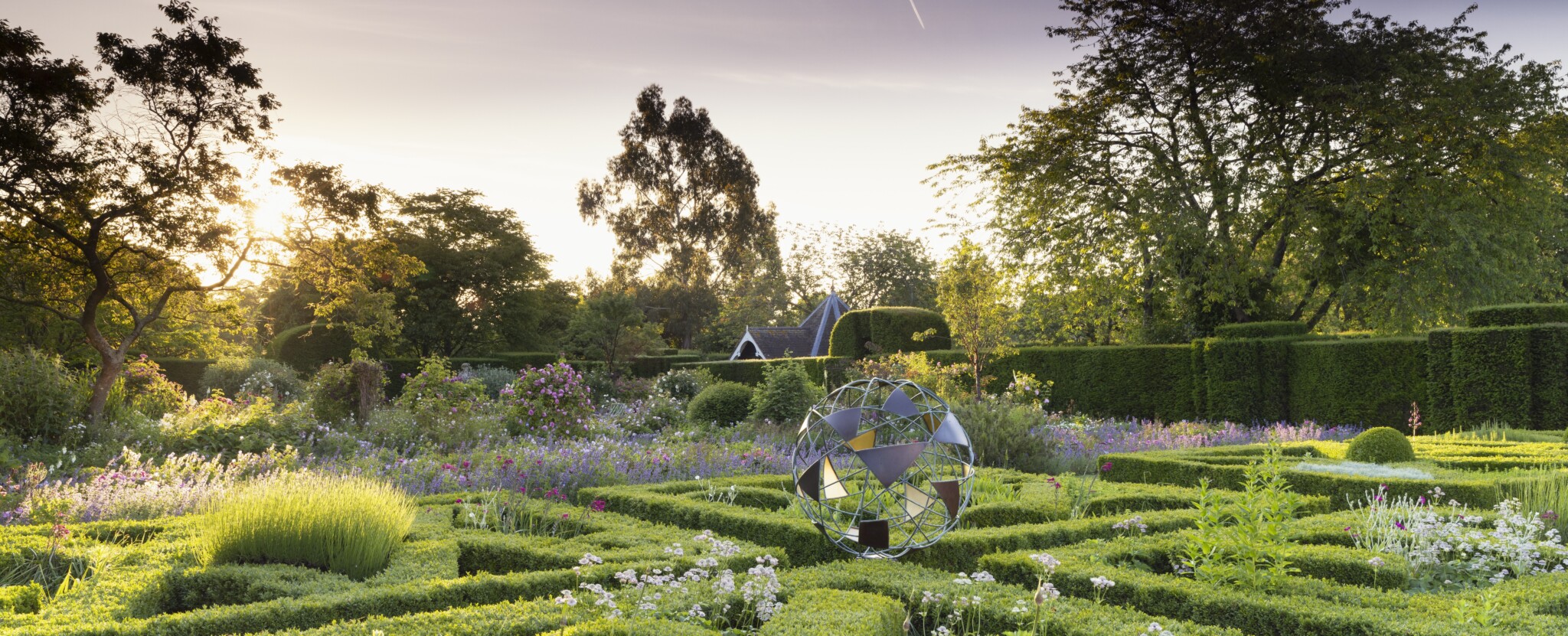
“When the David Harber sculptures arrived in Helmingham, it was wonderful because you could experience them in an old, established setting. The Matrix looks absolutely fantastic in the middle of the knot garden. But that’s David’s genius. When he’s making sculptures, he can imagine how they’ll come alive in a natural setting.”
Xa Tollemache
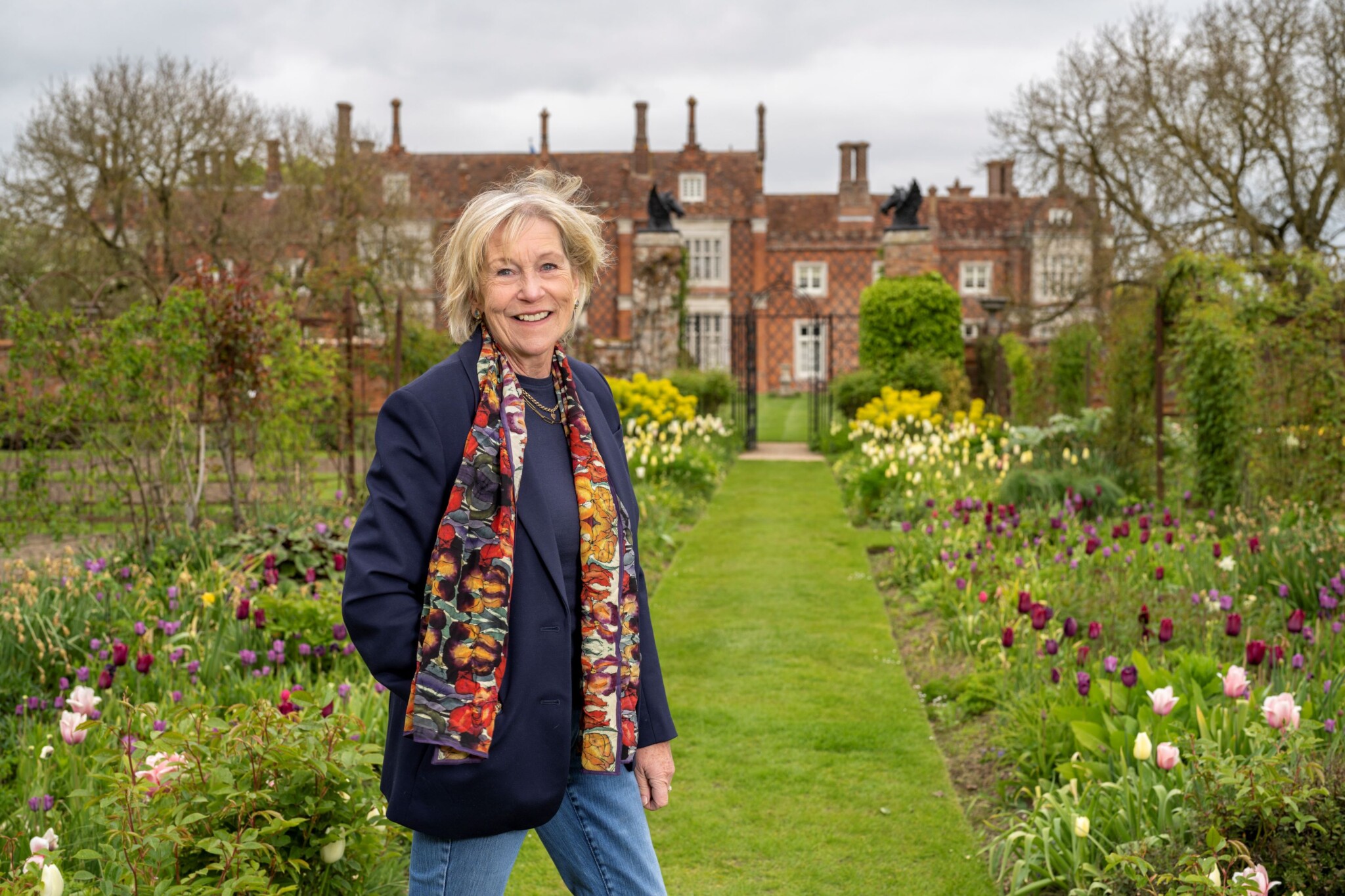
Earlier this year, David Harber had the honor of exhibiting a series of sculptures in the extraordinary Grade I listed gardens of Helmingham Hall in Suffolk. Gardens, which over the last 30 years have been lovingly restored by acclaimed garden designer Xa Tollemache. The Tollemache family has been the custodians of Helmingham Hall for the last 500 years.
For the first installment of our designer series, we chatted with Xa to discover how these quintessentially English gardens full of history, romance, and beauty have shaped her illustrious career as a garden designer.
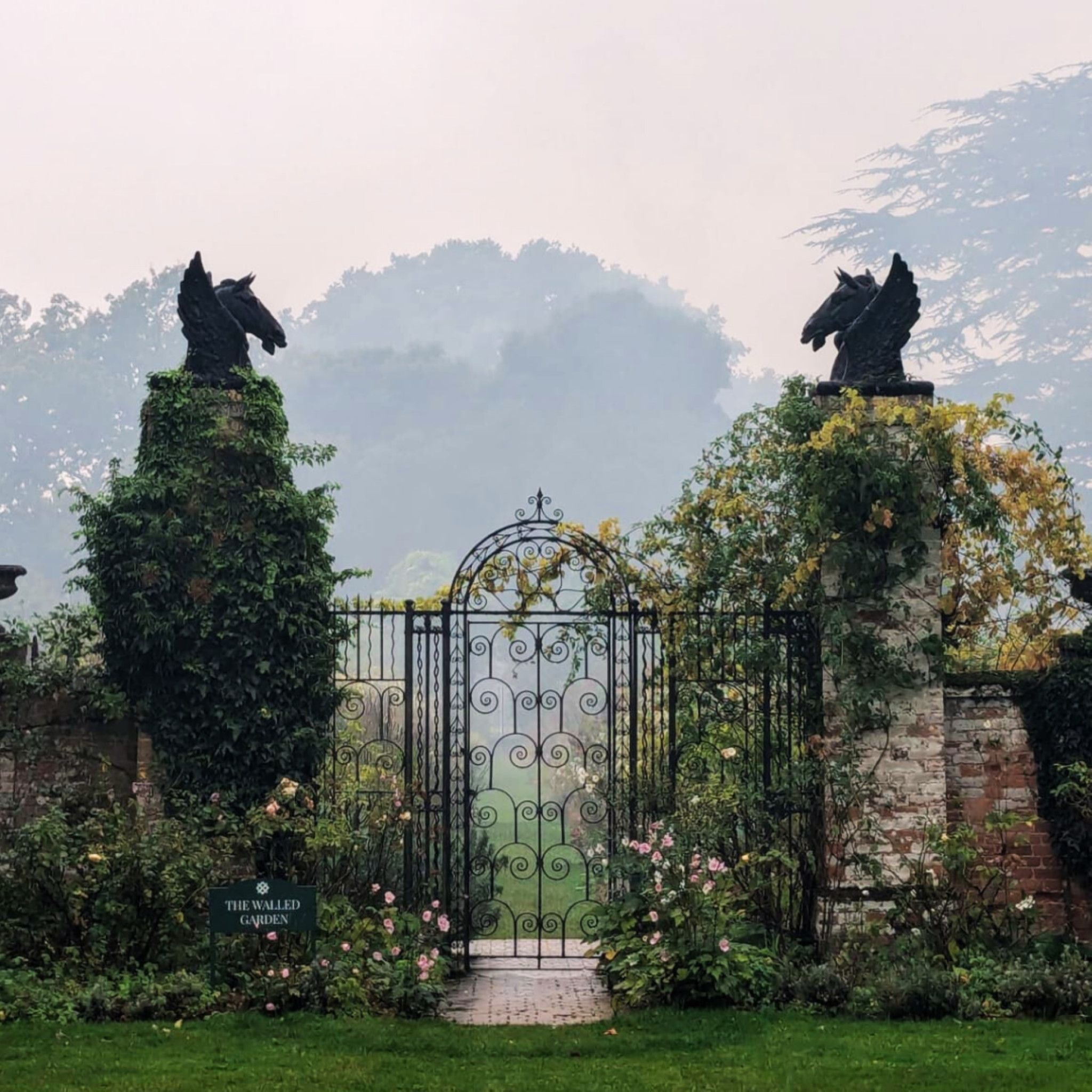

Can you tell me a bit about the state of the garden when you inherited it? And what did you set about restoring first?
Retrospectively, it was dated, boring, and a bit lifeless, but I didn’t realize that at the time. I thought it was extraordinary and marvelous. I didn’t really pay any attention to the garden. The gardener, Roy, was there, and I used to go and see him and pick vegetables and flowers for the arrangements in the house. I didn’t think I had the expertise to do anything myself.
But one day, I went out and said to Roy, “You know, I need to learn about gardening. I’ve got to learn to look after this place, and that includes looking after this garden”. I insisted he taught me how to dig because I wanted to know about soil and what it felt like. I learned so much about gardening from him. Then, three or four years later, I thought that the Parterre in front of the house was boring and labor-intensive with annuals. So that became the first part of the garden I redesigned, and it gave me a little bit of confidence.
I learned more about gardening, visited gardens, read books, bought plants, and stuffed them in, hoping they might do well. I designed more and more, noting the architecture of the house and picking out features such as shapes and colors, and then I transported them into the garden.
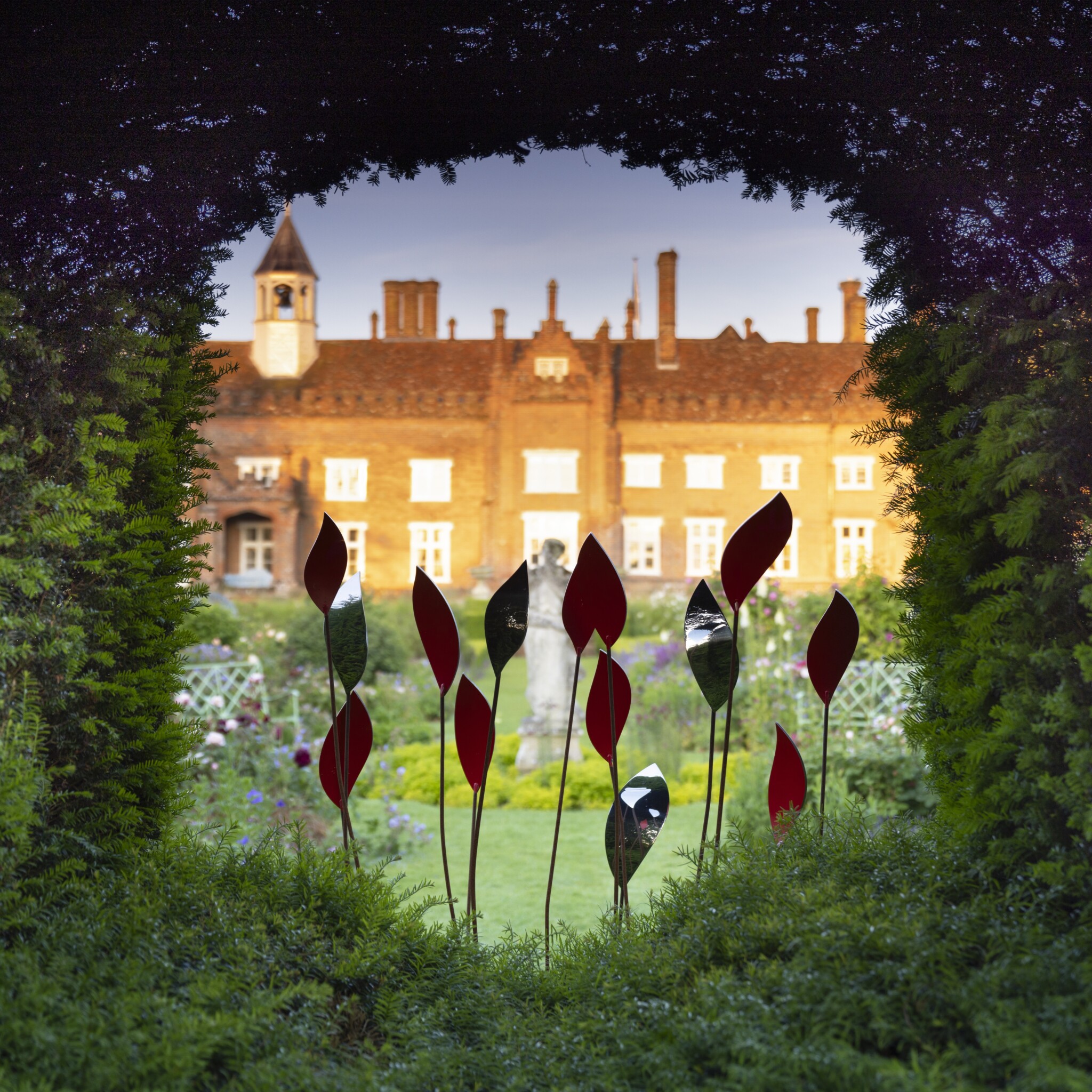
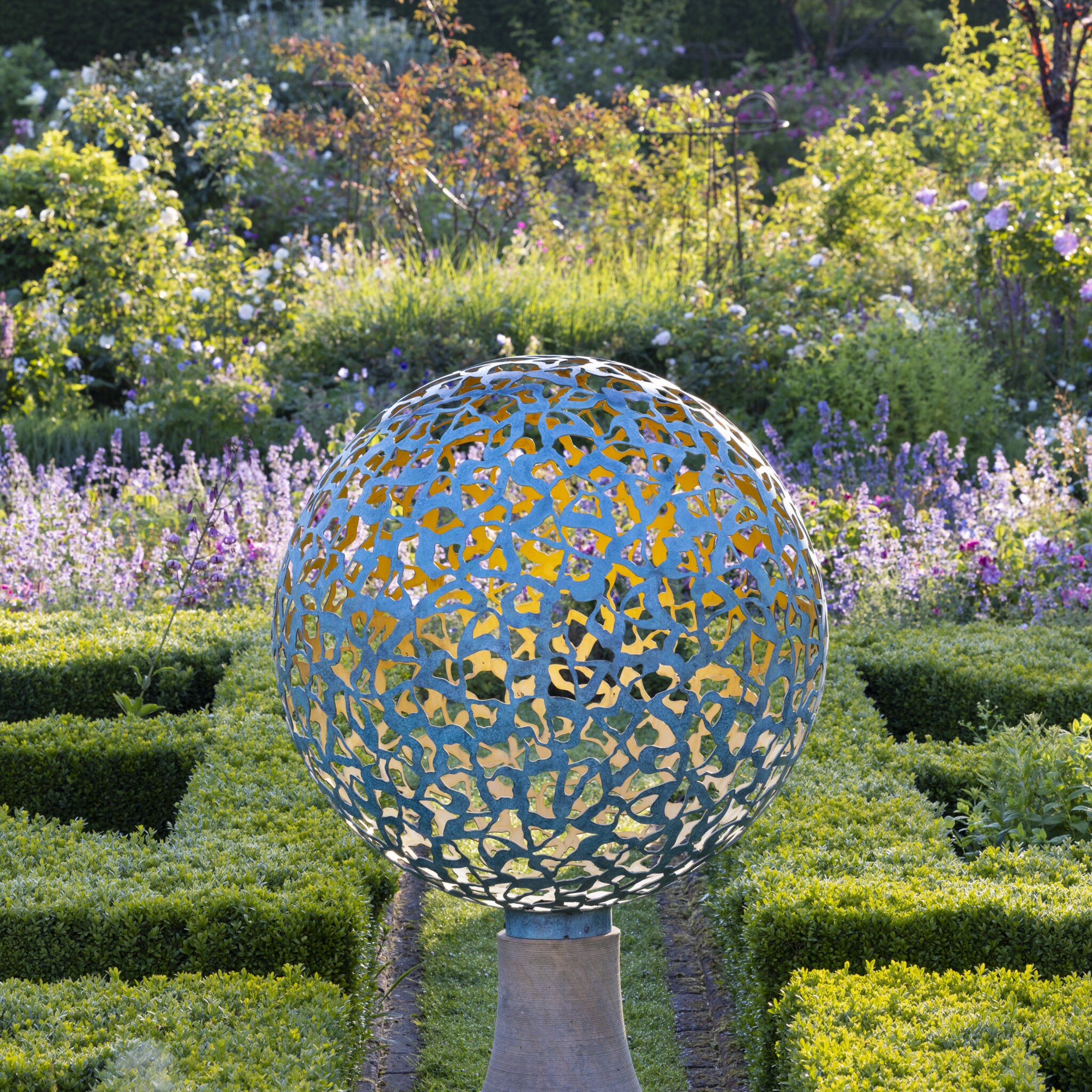
You mention reading a lot of books. Do you remember who, at the time, was particularly influential or inspirational?
Russell Page, Alexander Pope, Beth Chatto, and Christopher Lloyd. They are the people I read the most. But then, I’m not a very voracious reader. I like going out and doing things, so I used to travel around the country visiting houses of similar age to Helmingham.
I would get in my car, plan which gardens I wanted to see, and then afterward find somewhere to sleep for the night. I would stay in bed and breakfasts or pubs. Sometimes I’d wind up at a pub at around seven-thirty asking if they had a room.
The things I learned from observing and gardening were absolutely fundamental to my design work. It was important to understand what made a garden feel special and harmonious.
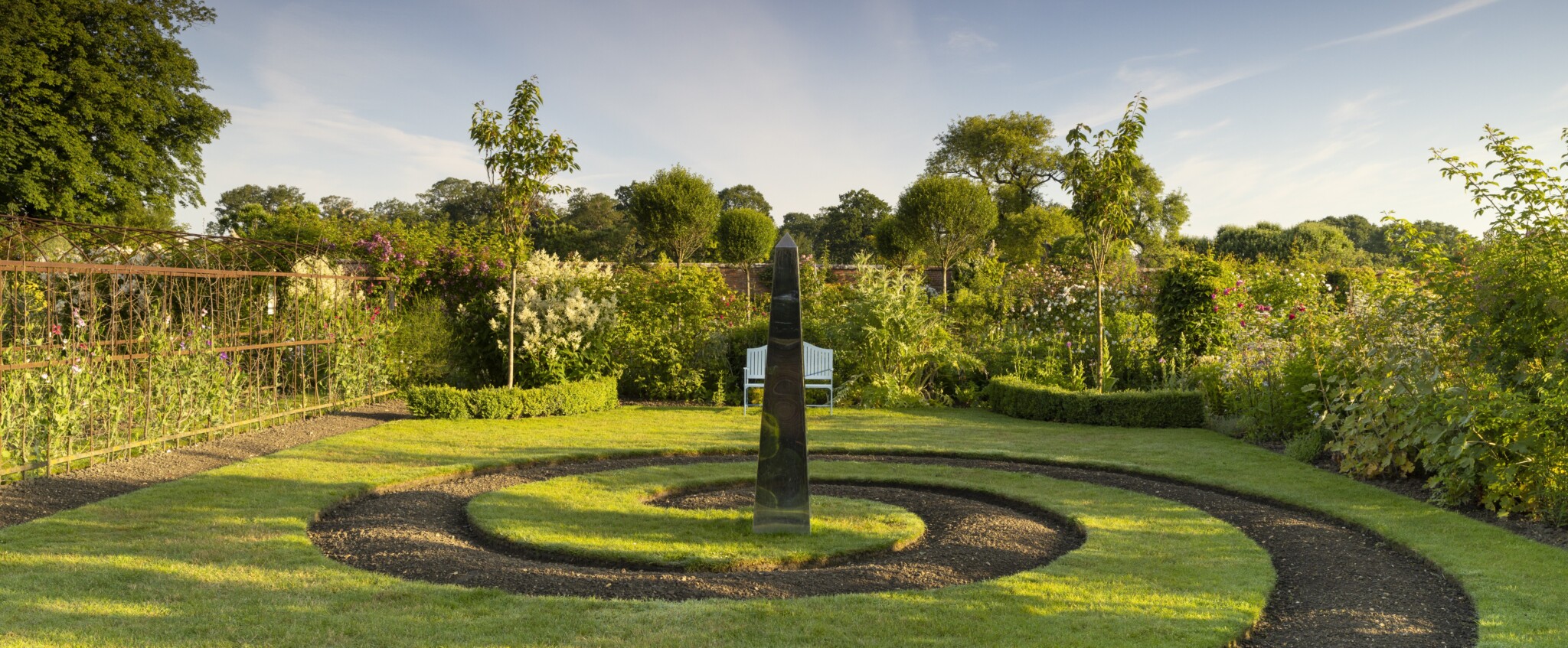
Did you inherit any information about the history of the garden at Helmingham?
No, there wasn’t really very much. We found a few photographs of rose beds where the Apple Walk is now, and a few of the yew topiary walk, which was there in the 19th century. We also had quite a lot of watercolors depicting the borders, which were always very colorful. But we didn’t have any plans of what the garden was like in the 1500s, 1600s, 1700s, or really the 1800s.
We had the history of the house and details about alterations made in the 1740s and the 1840s, but the garden had very little.
What did it feel like when you had your first garden design outside of Helmingham?
It was terrifying. I felt as though I didn’t know what I was talking about. But now, after 30 years of gardening and garden design, I’m pretty confident about what looks good and what doesn’t, and what works in various areas, climates and soils.
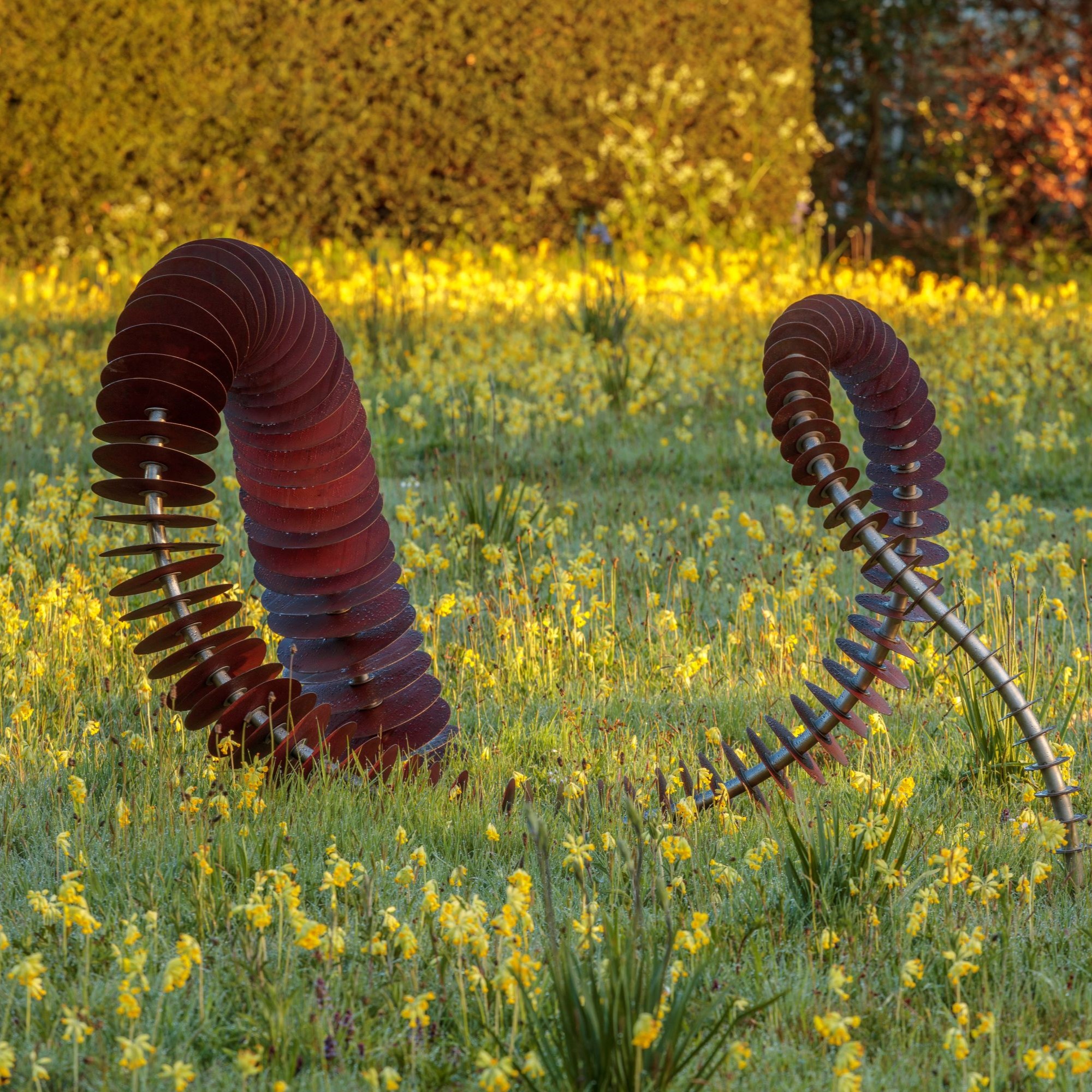
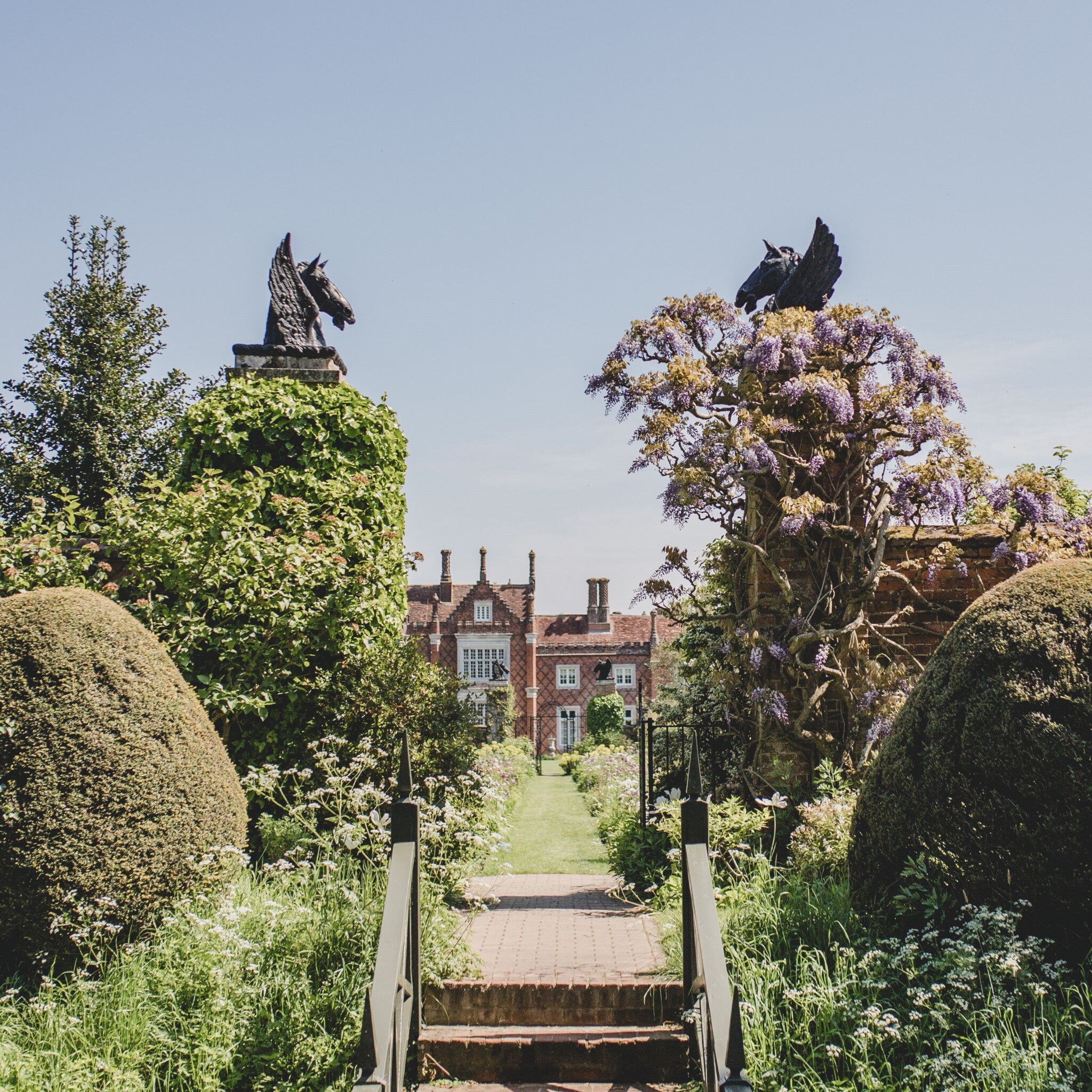
What do you feel are the essential elements for a successful garden design?
Scale and proportion. The width of a path, the right treads, and the rise of steps. You want to be able to glide around the garden. It has to have a continuous flow with a beginning and an end. Even a small garden can have a circuit or a route to take you on a journey.
You mentioned books before, but do you look anywhere else for design inspiration? Do you still visit gardens?
I was discussing this with another garden designer recently, and we both agreed we don’t have much time to visit gardens now. We go to the gardens we’re designing, and that’s it.
But we should, because on the rare occasion I do go, I learn something.
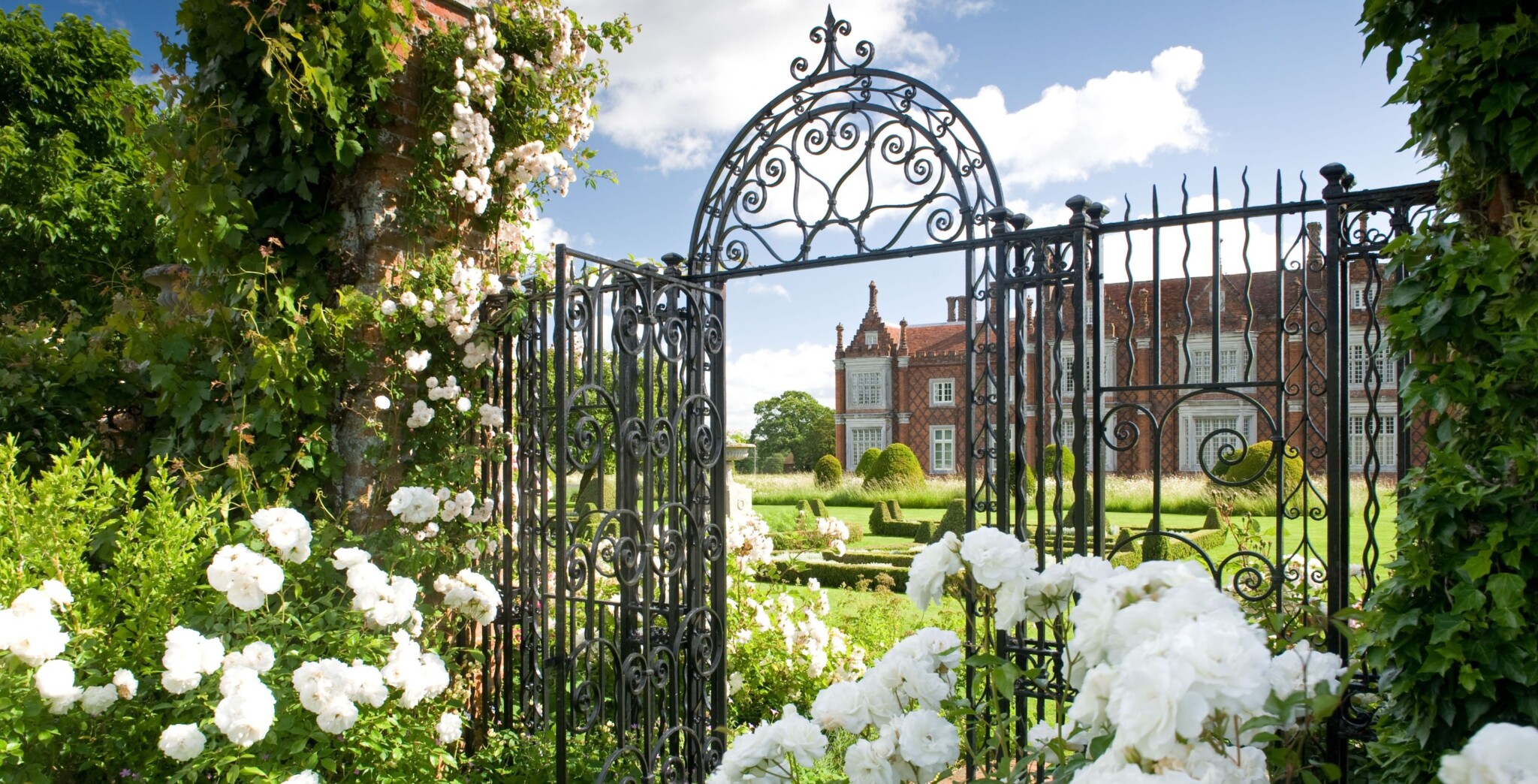
What advice would you give to anyone thinking about adding sculpture to their garden?
When I’m designing a garden, I like to see a view, maybe an avenue or a line of hedges. And that’s where you want to create a focal point. It could be a tree, a sculpture, or a shaped topiary, but you need a focal point in every garden, however small or large. A structural object, whether it’s organic or not, helps to define space in the garden.
What do you feel sculpture brings to a garden?
An element of tactility. It’s lovely to feel them. Plants aren’t always good to feel. They’re nice to smell. But sculpture is so tactile.
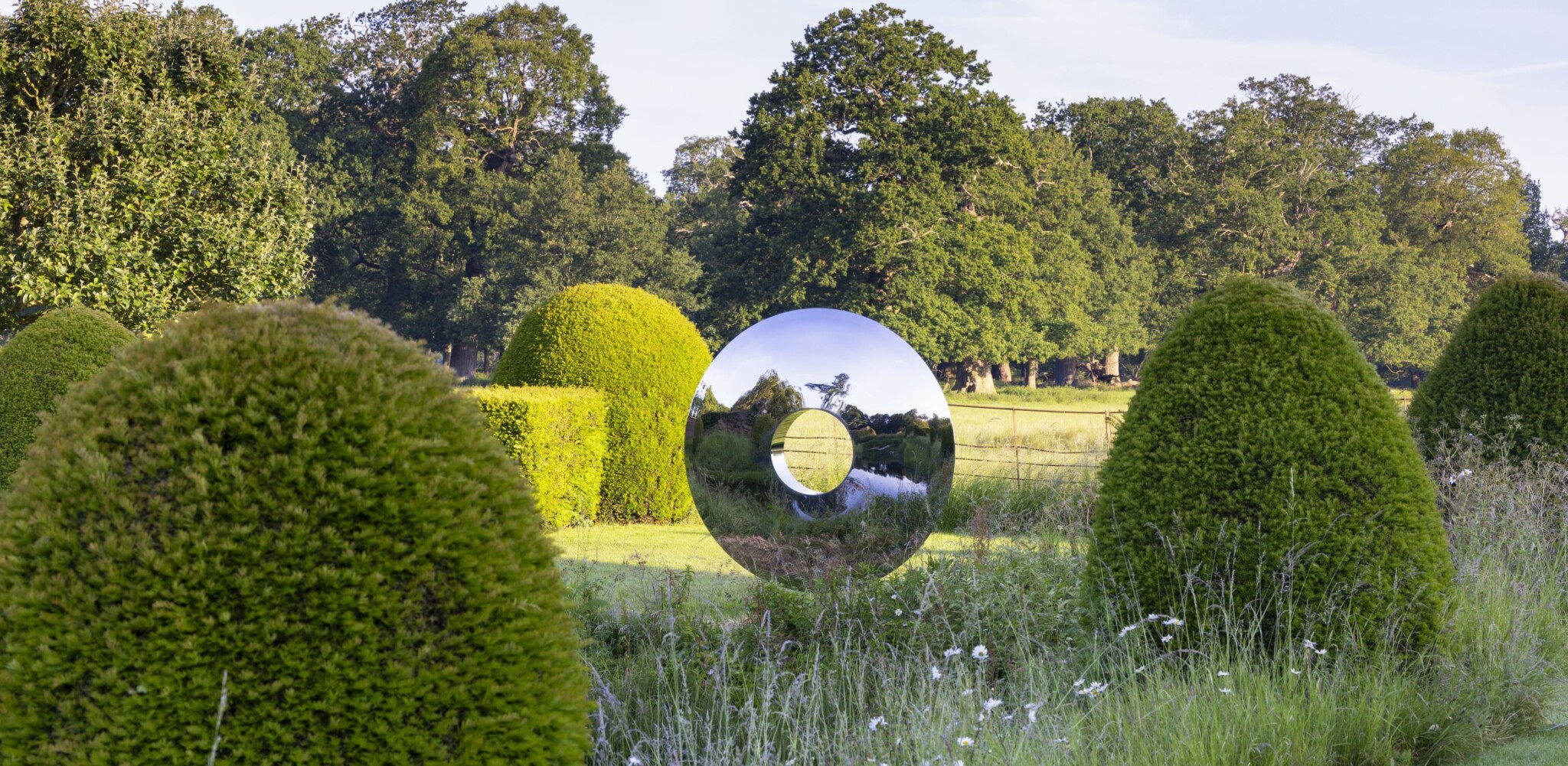
We’re heading into winter, a quiet time in the garden. Do you have any advice for incorporating winter interests into a garden design?
Rosemary Verey used to say, “If your garden looks good in winter, then you’re halfway there.” Winter is when the structure of the garden matters most. The branches of trees can look absolutely wonderful in the winter sun. The frost and snow are magical in a parterre garden, or on shapely plants.
Generally, I do like the change of seasons. Now, I want to shut up the garden; to cut things down, plant my bulbs, and put the garden to bed. Then I can enjoy the winter structure before the excitement of the snowdrops comes. And then the primroses arrive, followed by the cowslips. Then the irises, then the peonies, and then the roses. It’s a journey of pleasure from January and February onwards.
Which section of the garden at Helmingham was the most fun to design?
The woodland garden has probably given me the most satisfaction because I created it from scratch from a blank piece of land that was part of the park. And I was able to get on my digger and design two landform creations, which was a great excitement.
In the early days, I was always trying to get my head around plants. The borders have always been part of the garden layout, so I spent a lot of time concentrating on herbaceous plants and roses. It’s what I thought I loved. But then, as the years went by, I planted trees, and that was a huge pleasure. I passed it the other day, and all the Oaks, Raywood Ash, and the Malus are looking fantastic in their autumn color. They’ve grown up so much in the last 14 years, and it’s staggering to see the young trees I planted as stunning mature trees.
What does the future have in store for Helmingham?
The garden is Helmingham’s asset. You can make the garden good and interesting and use it as a basis for a growing business. Hopefully, it’ll go on, and future generations will learn to live in Helmingham whichever way they can.
You can experience the magic of winter at Helmingham Hall and catch a glimpse of the David Harber sculptures in the garden at Helmingham’s Illuminated Garden Trail. The event runs until 18th December. Visit Helmingham’s event page for details.
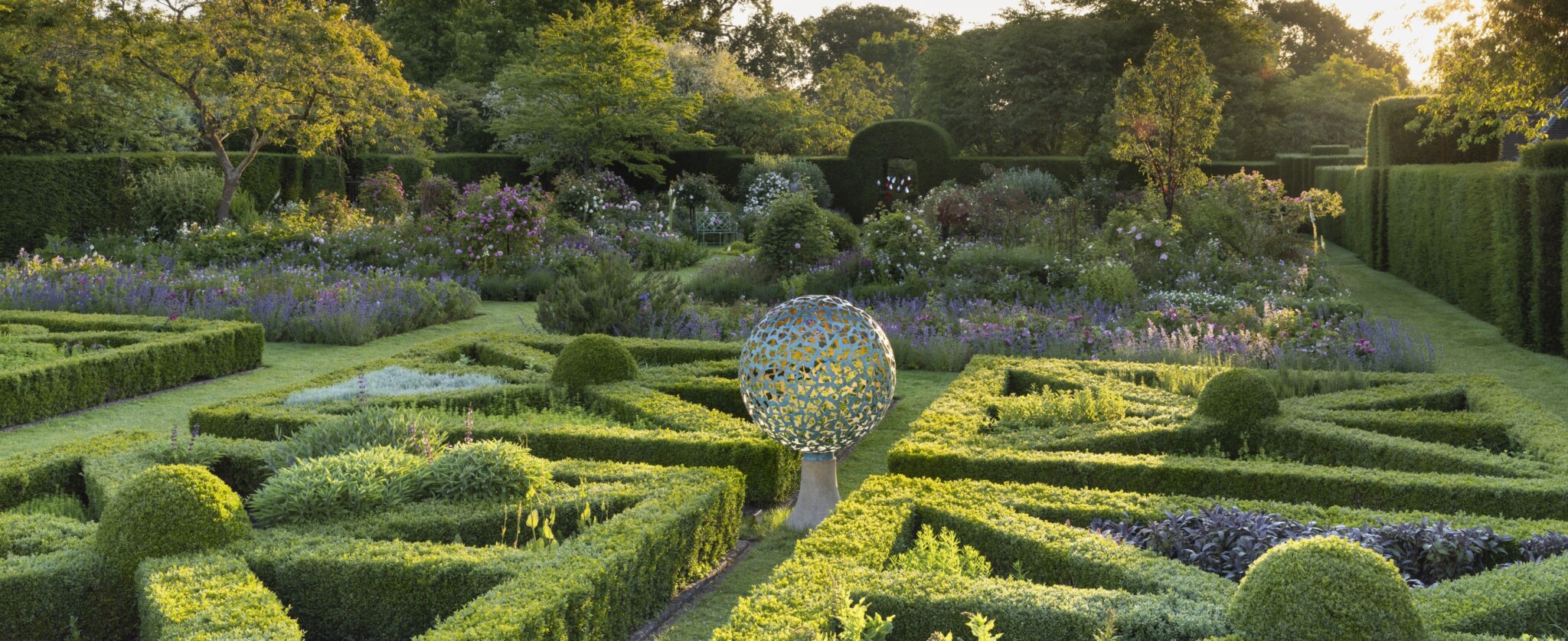
The magic of conversation
Whether you’ve decided on a piece, or you just want to sound out any aspect of our work, then please do get in touch.
